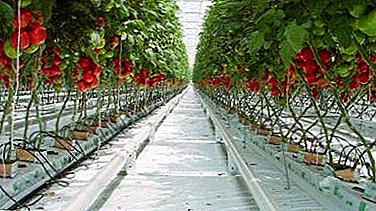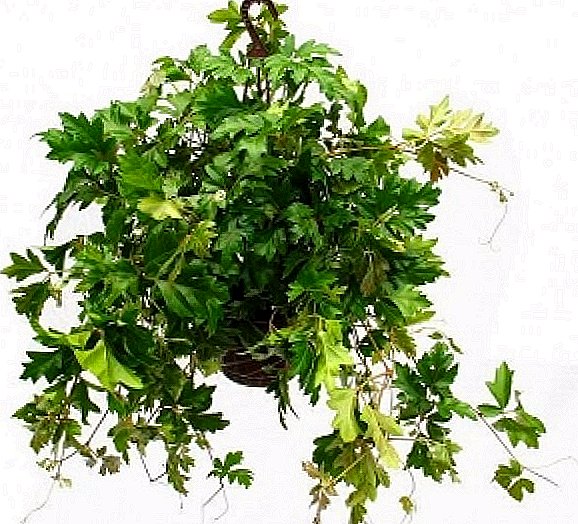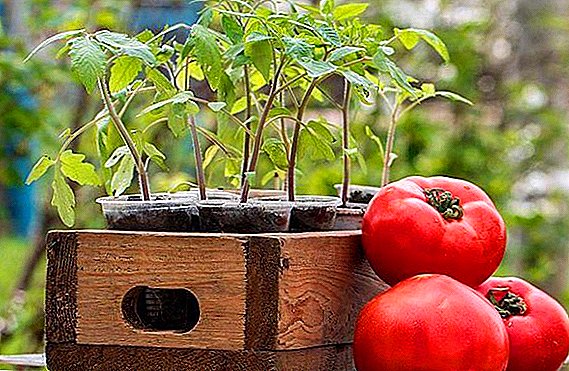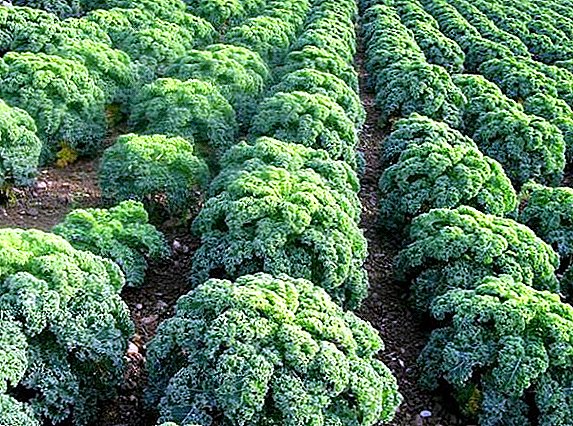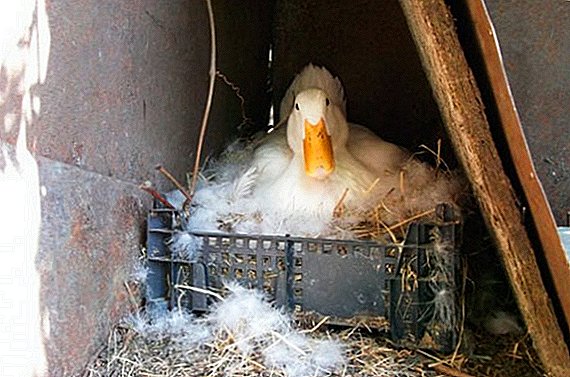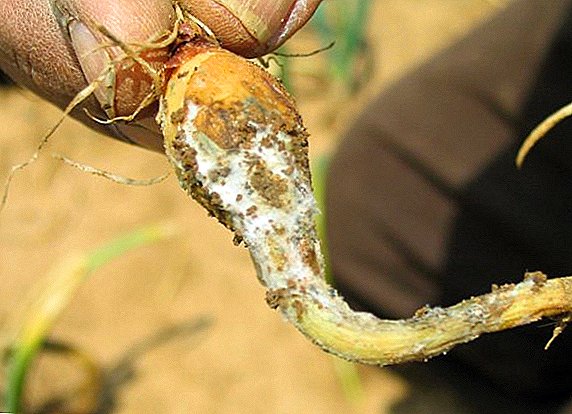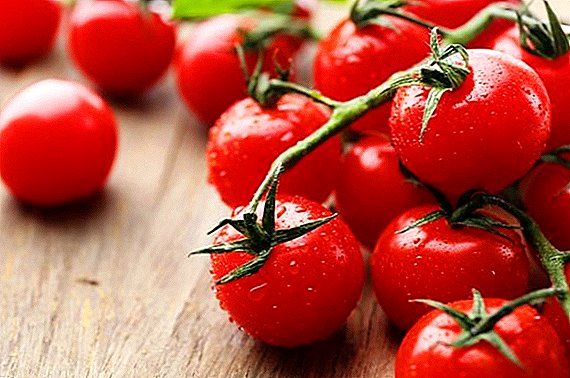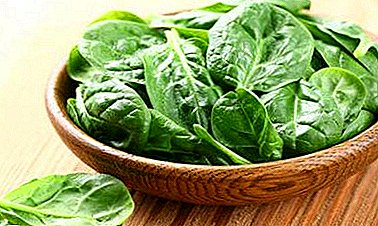
Each of us heard about such a plant as sorrel. For many, it is associated with delicious flavored green borscht. Many of this particular dish first comes to mind when the word sorrel sounds. Experienced hostesses know that this is not the only dish that uses this ingredient.
The green product gives a pleasant sour taste to salads, soups and other dishes from our menu. Is it difficult to grow sorrel, is it picky or does not give gardeners any extra trouble?
The importance of alternating vegetables
Experienced lovers of their garden know that when planting seeds, one needs to take into account a number of important factors affecting the success of the crop. Some plants and root crops are incompatible in nature, one may oppress the other. Do not forget about the state of the soil before planting a new crop.
Attention! After plants with long roots in this place you need to plant a plant with a small, short root system. So the soil will be restored and not deteriorate.
If plants afflicted with diseases were grown on earth, then it is better to plant plants that are “immune” to these diseases and parasites in such a segment. Few crops can be planted at the same place from season to season.For example, potatoes or strawberries, they grow on the same soil for years.
Basic neighborhood rules for a sour green plant
 Sorrel is a real paradise for lazy gardeners, because there is very little trouble with it. To plant it, it is enough to choose a slightly shady place, but there should not be any water, otherwise the sorrel will flood. A strong sun is also contraindicated for the plant, neither the fox will wither and turn brown. A plot with a spreading shade, moderately sunny and moderately moist - ideal for growing sorrel.
Sorrel is a real paradise for lazy gardeners, because there is very little trouble with it. To plant it, it is enough to choose a slightly shady place, but there should not be any water, otherwise the sorrel will flood. A strong sun is also contraindicated for the plant, neither the fox will wither and turn brown. A plot with a spreading shade, moderately sunny and moderately moist - ideal for growing sorrel.
Sorrel can be planted anywhere, it will successfully take root with almost any plant. Berry crops will be the best neighbors of sorrel, among them currant, gooseberry and raspberry. They create a pleasant shade for sorrel, and that helps berry fruits become juicier and tastier, letting their powerful root system into action.
Sorrel, growing in one place, can produce leaves for more than 4 years in a row. After this place is recommended to change. This plant eats microelements from the earth at a certain level, such a feature allows it to produce crops for several years in a row.
Sorrel belongs to the buckwheat family, and it is not recommended to plant related families in one place, this leads to depletion of the soil, plant diseases and poor harvest.
Important! Do not plant sorrel only in the place where any green has grown for a long time.
Recommended cultures
After sorrel the next year, you can sow any vegetable crops. The most successfully take root: radish, radishes, cucumbers, tomatoes and peppers. These crops are not related to sorrel and will give on this soil a full harvest.
- Radish Due to the fact that after the sorrel the acidity of the earth increases significantly, then the radish will feel good in this soil. This vegetable from the cabbage family will get acclimatized in the ground, after a long stay on it sorrel, and the acid will saturate the fruit with useful trace elements.
- Radish. Just like radish, radish belongs to the cabbage family, which means it is well suited for planting after sorrel. The conditions for growing sorrel are satisfied with radishes, a moderately shady and sunny area is also suitable for sowing radishes.
- Cucumbers. Plants from the pumpkin family can be planted after sorrel, but before that it is necessary to equalize the acidity of the earth. Experienced gardeners are advised to fertilize this soil with wood ash and slaked lime, so the land will become more suitable for growing cucumbers. The harvest will be rich, and the fruits juicy and without bitterness.
- Tomatoes. The nightshade family can not be planted only after plants from the same family, for example, tomatoes can not be planted after potatoes and peppers. Sick of the same diseases, the vegetables will give a bad harvest, if not stop growing. The place “heated” by sorrel is very much liked by tomatoes.
- Pepper. After sorrel, you can safely plant Bulgarian pepper, it, like tomatoes, belongs to the solanaceous crops. Pepper harvest will be really notable and successful. Minerals after sorrel perfectly soak pepper seeds and help them to germinate.
Cautions
 In place of sorrel, it is impossible to plant plants from the same family, that is, buckwheat. These include mainly perennial herbs, for example, highlander. Plants of the same family, planted for several years on the same soil, begin to ache and create an unhealthy crop. And sorrel should not be planted where any greens have been producing seeds for a long timeFor example, parsnips, spinach, dill and parsley.
In place of sorrel, it is impossible to plant plants from the same family, that is, buckwheat. These include mainly perennial herbs, for example, highlander. Plants of the same family, planted for several years on the same soil, begin to ache and create an unhealthy crop. And sorrel should not be planted where any greens have been producing seeds for a long timeFor example, parsnips, spinach, dill and parsley.
The rest of the plants will take root after sorrel, it is worthwhile to thoroughly weed and moisten the soil. It is advised to add mineral fertilizers to the soil, and if you want to get rid of the acidity of the earth, fertilize it with dolomite flour in the spring.
In order to grow sour greenery, it is enough to choose a place that is moderate in terms of conditions, where buckwheat plants did not grow before. It is enough to moisten the earth, but not to flood it, and also to get rid of weeds.
Sorrel can produce good yields on the same land for up to 4 years in a row. Grow it properly, and it will delight you with its sourness in delicious dishes on the dining table.


